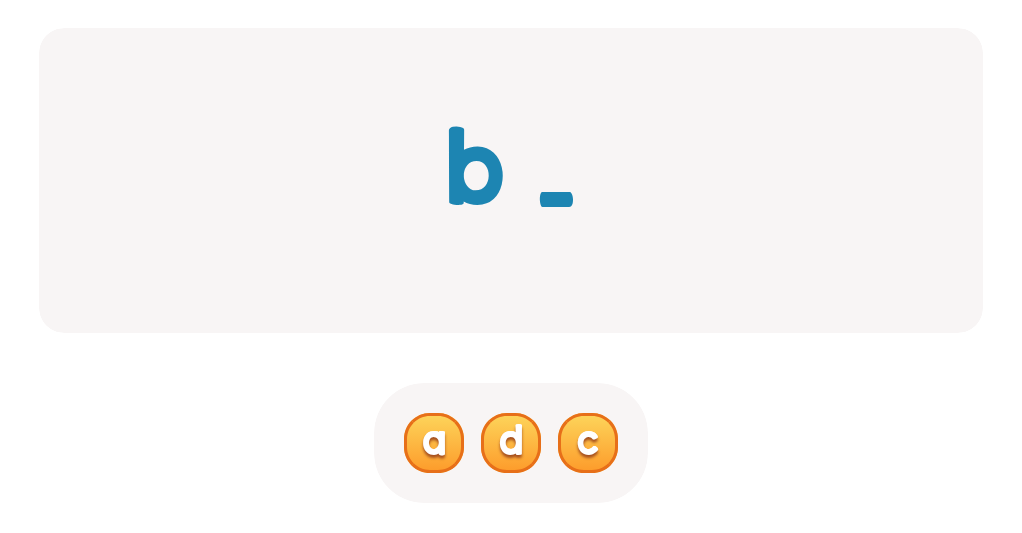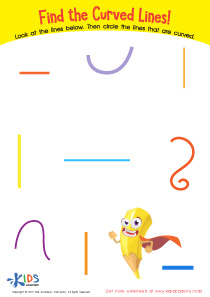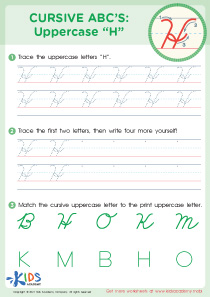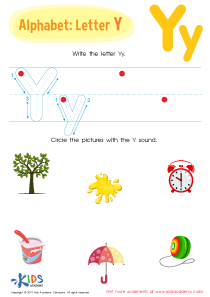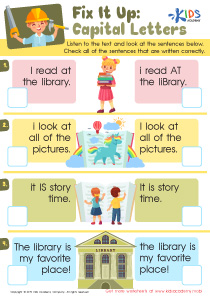Letter tracing skills ABC Letters Worksheets for Ages 7-9
3 filtered results
-
From - To
Enhance your child’s writing abilities with our "Letter Tracing Skills ABC Letters Worksheets" designed specifically for ages 7-9. These engaging and educational printables from Kids Academy offer delightful exercises that help kids master letter formation and boost their handwriting proficiency. Each worksheet provides clear guidelines and ample tracing practice for both uppercase and lowercase letters, ensuring youngsters develop confidence and precision in their writing. Ideal for reinforcing classroom lessons at home, these sheets combine education and fun to make learning the alphabet an enjoyable journey. Help your child succeed with these expertly crafted tracing activities today!
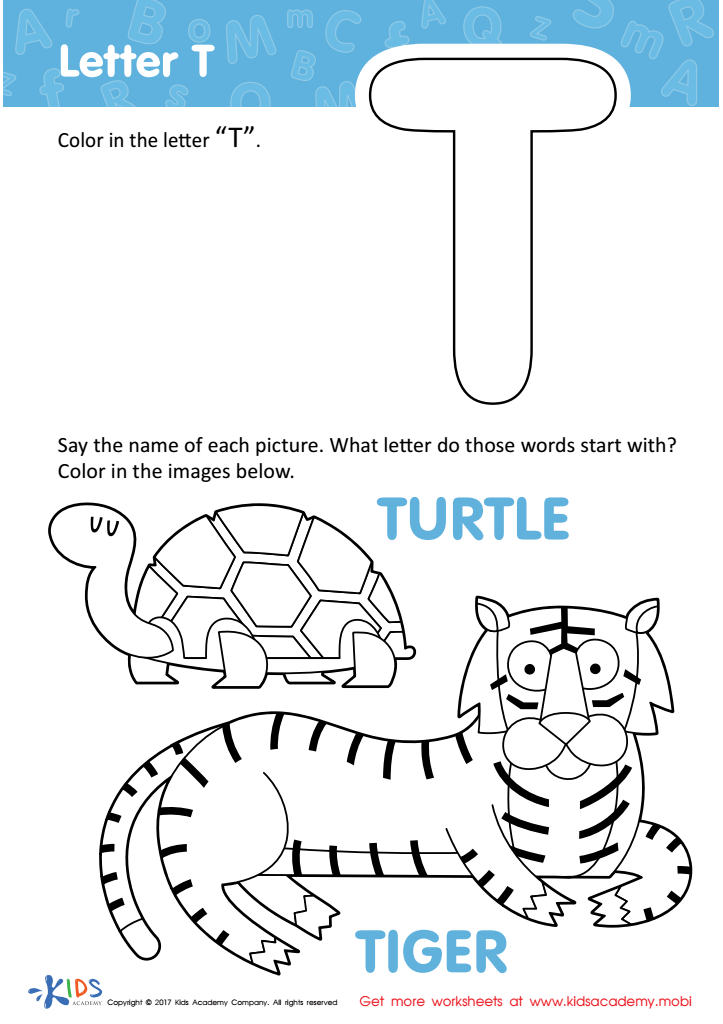

Letter T Coloring Sheet
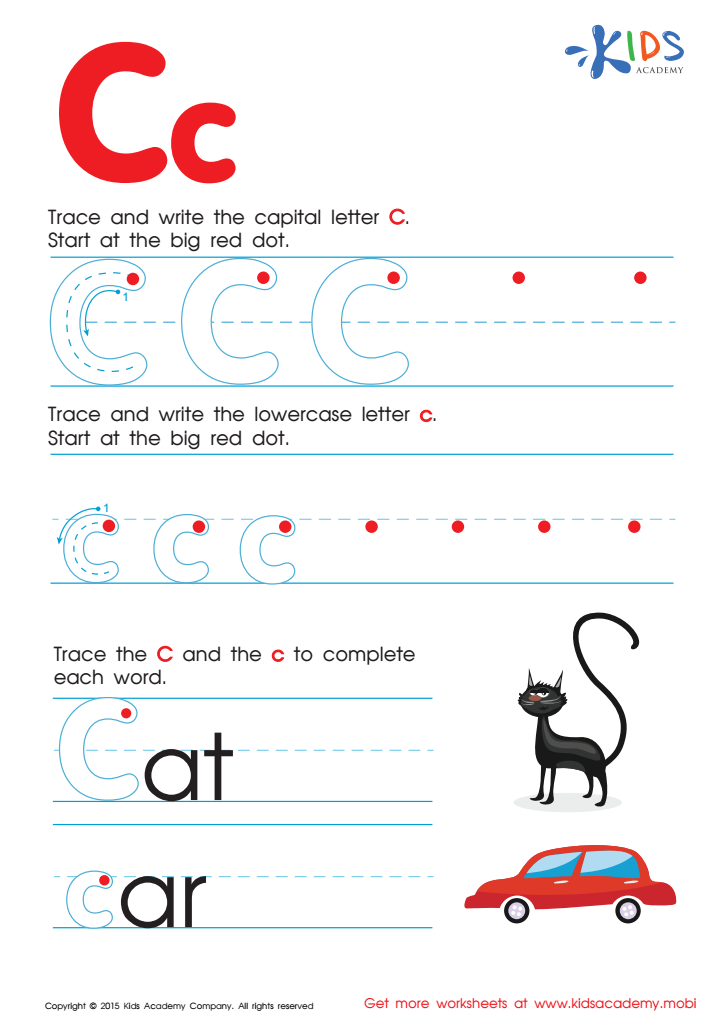

Letter C Tracing Page
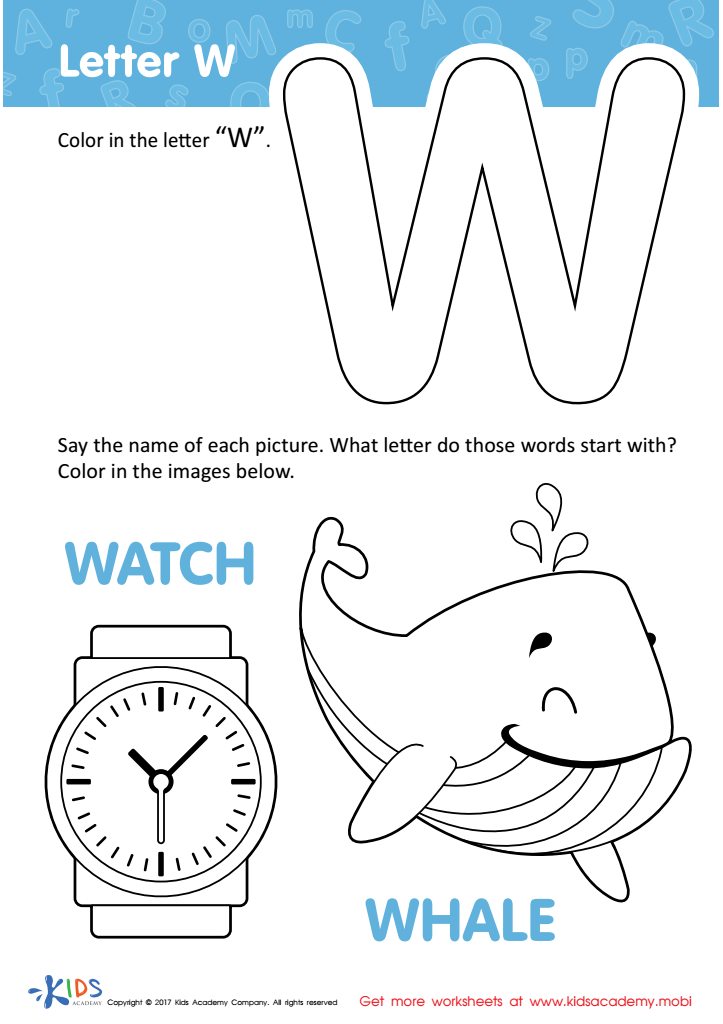

Letter W Coloring Sheet
Letter tracing skills are crucial for children aged 7-9, as they form the foundation for effective handwriting abilities. At this developmental stage, children transition from basic print writing to more fluid and complex cursive forms. Tracing letters strengthens fine motor skills, particularly in the fingers and hands, which is essential for writing endurance and legibility.
Parents and teachers should care about letter tracing because it enhances cognitive abilities, such as visual memory and spatial awareness. As students repeatedly trace letters, they internalize letter shapes, sizes, and orientations, which directly contributes to better reading and spelling proficiency. This repetitive practice reinforces neural pathways, making letter recognition an automatic skill, thus freeing cognitive resources for higher-level thinking tasks.
Moreover, tracing aids patience and attention to detail, qualities that are beneficial across all areas of learning. Children learn to control their writing pressure and develop a consistent writing rhythm, both of which reduce handwriting fatigue and improve overall presentation.
Parents and teachers need to invest in these foundational skills to set the stage for academic success. Improved handwriting quality leads to clearer, more effective communication, boosting children's confidence and overall academic performance. By prioritizing letter tracing, they ensure that children are well-prepared for future educational challenges.

 Assign to My Students
Assign to My Students





